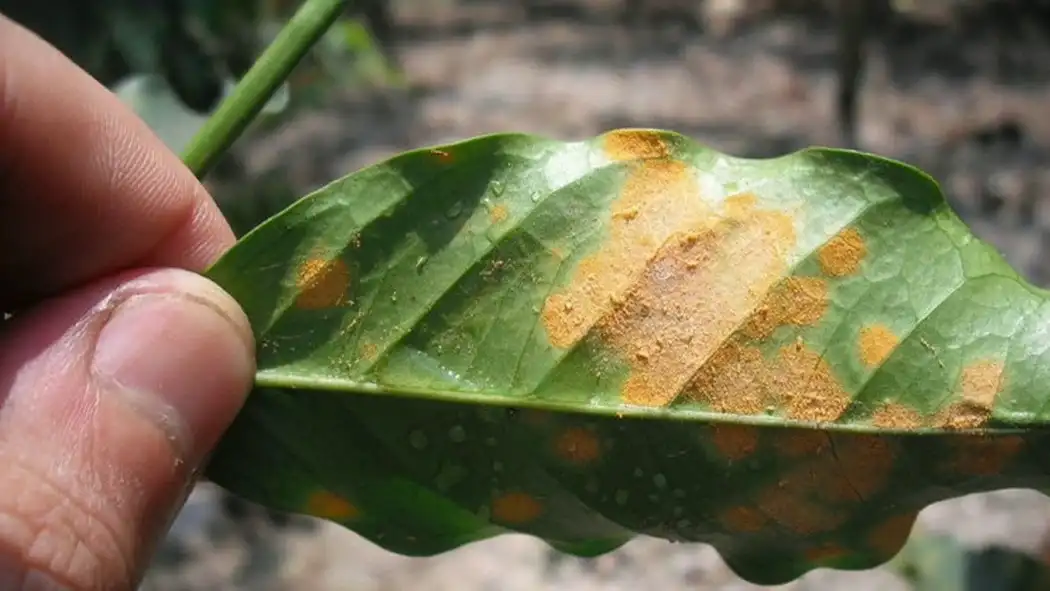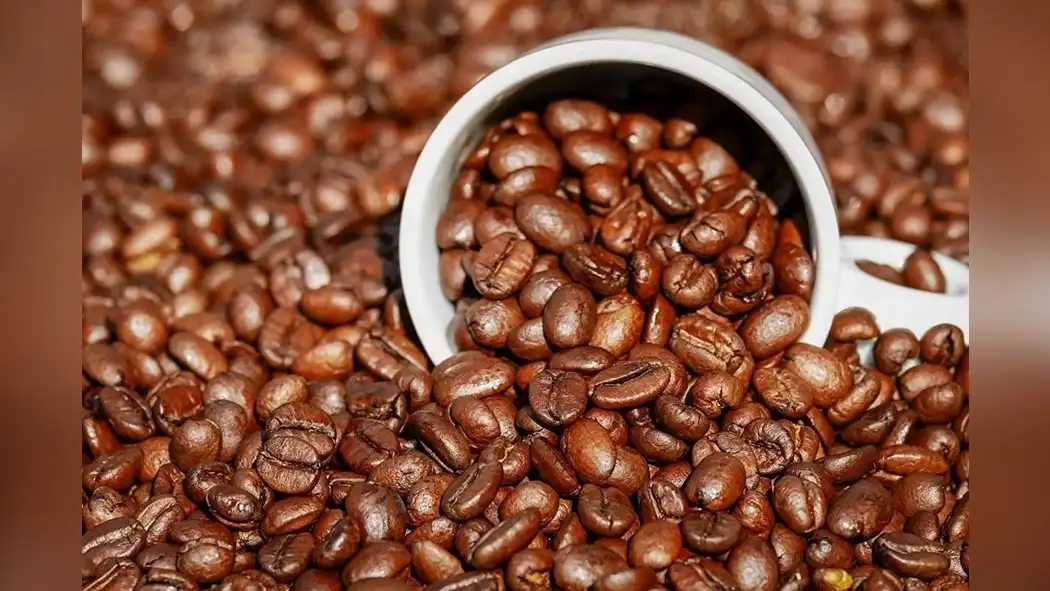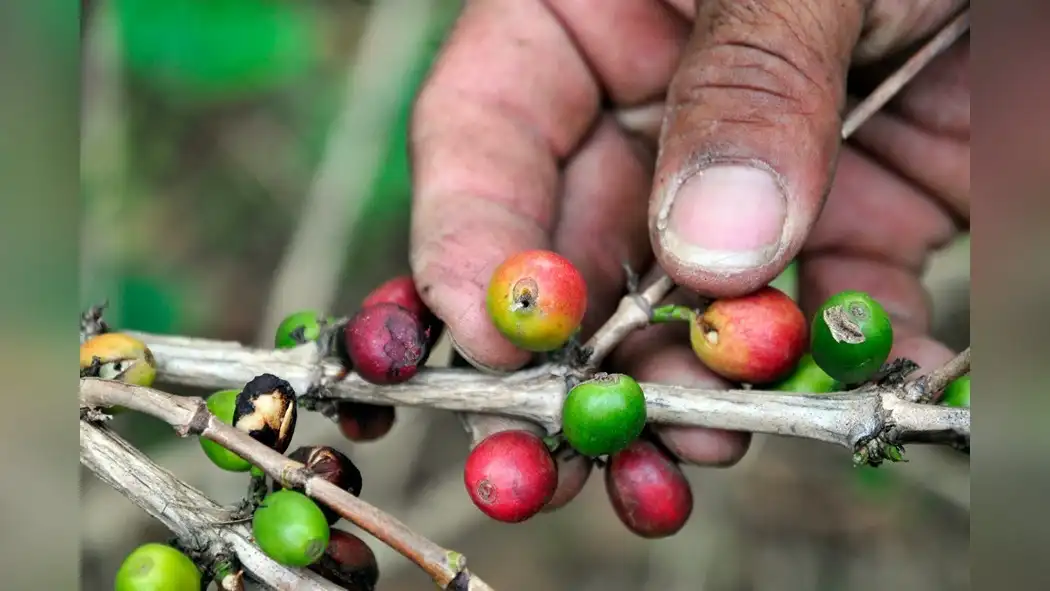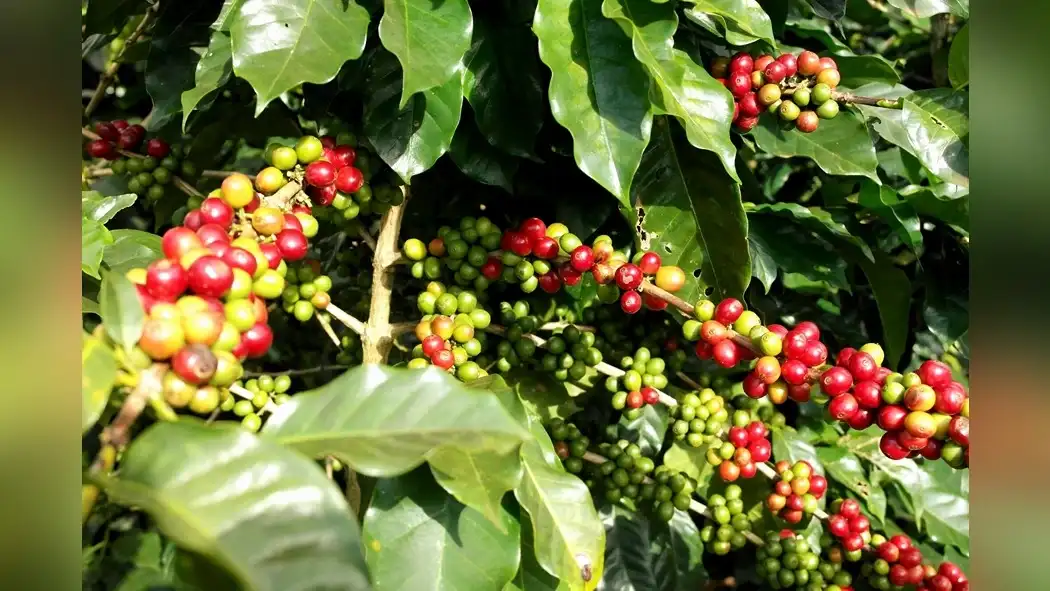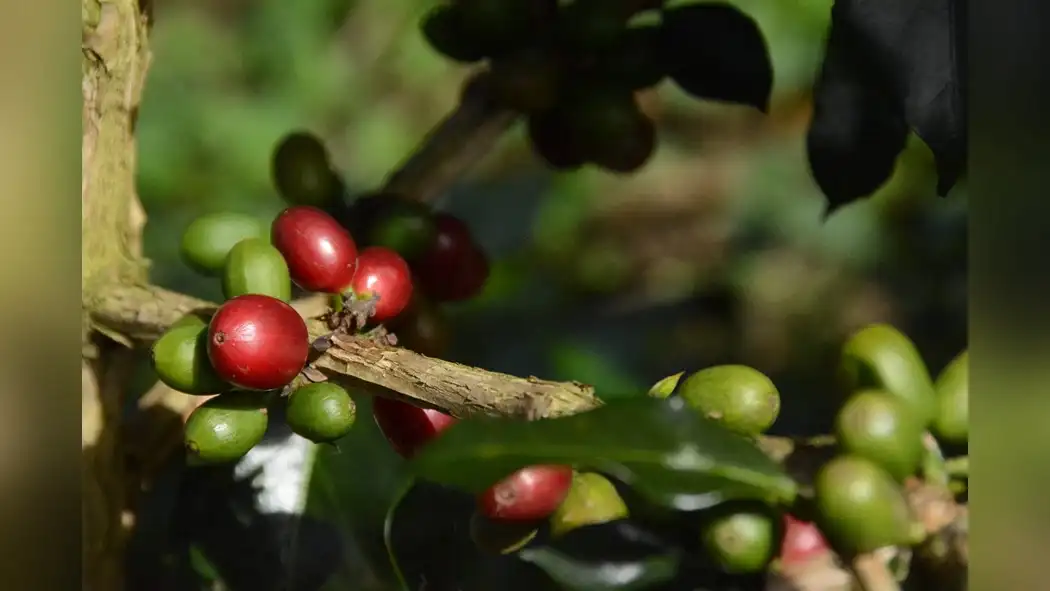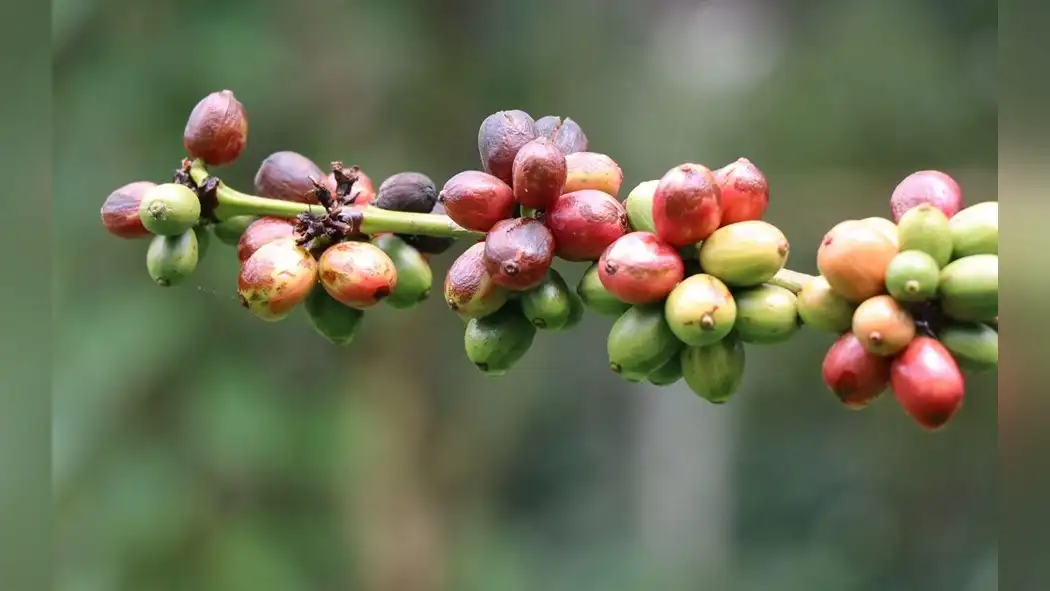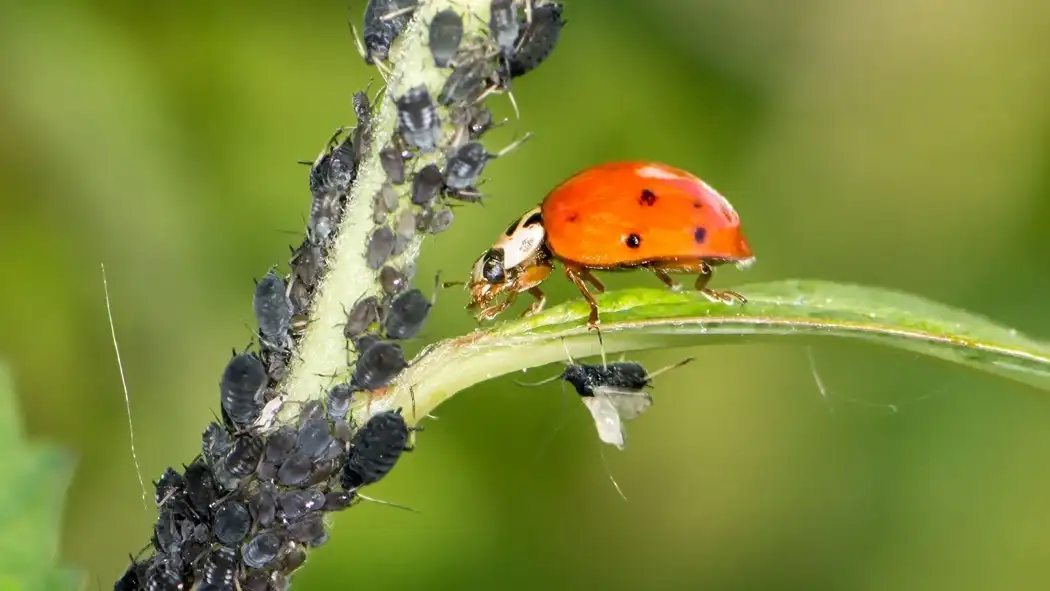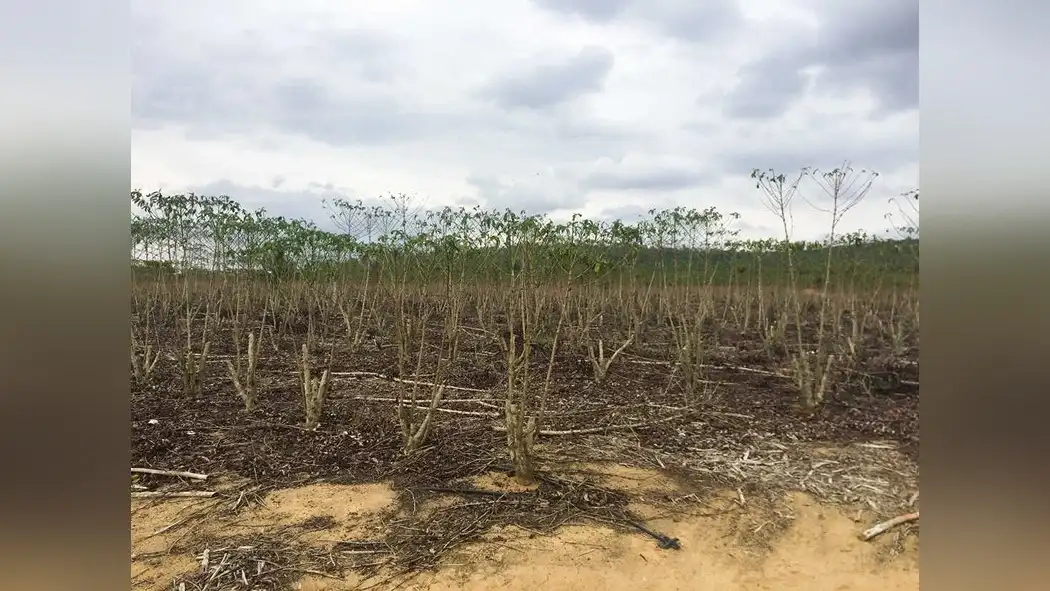Hey there!
Did you know that pests and diseases can cost Robusta coffee farmers up to 30% of their annual crop? Understanding the economic impact of pests and diseases on Robusta coffee farming is crucial for anyone involved in the coffee industry.
From the costs of pest and disease management to the long-term consequences on production and marketability, these challenges can significantly affect the livelihood of coffee farmers.
In this brief, we'll explore the various ways in which pests and diseases can impact Robusta coffee farming, shedding light on the importance of implementing effective management strategies.
So, let's dive in and uncover the significant economic implications of these agricultural adversaries!
Cost of Pest and Disease Management
You need to factor in the cost of pest and disease management when planning your robusta coffee farming budget. It's crucial to consider the economic burden and environmental sustainability when dealing with pests and diseases.
Utilizing chemical pesticides may seem like a quick fix, but it can have long-term negative effects on the environment and result in higher costs. Instead, adopting integrated pest management (IPM) techniques can be more sustainable and cost-effective in the long run.
IPM involves using a combination of biological, cultural, and chemical control methods to manage pests and diseases. This approach not only reduces the reliance on chemical pesticides but also promotes environmental sustainability by preserving natural ecosystems and minimizing harm to non-target organisms.
Yield Reduction and Losses
Implementing effective pest and disease management strategies is crucial for minimizing yield reduction and losses in robusta coffee farming. When pests and diseases attack robusta coffee plants, they can significantly reduce the quantity and quality of the beans produced, leading to economic implications for farmers.
The yield management of robusta coffee is directly impacted by pests and diseases, affecting the overall productivity and profitability of coffee farms. Pests such as the coffee berry borer and diseases like coffee leaf rust can cause substantial yield losses, resulting in decreased income for farmers and the entire coffee supply chain.
The economic implications of yield reduction and losses due to pests and diseases are far-reaching. Farmers may incur increased costs for pest and disease management, including the purchase of pesticides and fungicides, as well as labor for implementing control measures. Additionally, reduced yields can lead to lower revenues for farmers, impacting their livelihoods and economic stability.
It also affects the global coffee market, potentially leading to supply shortages and increased prices for consumers. Therefore, effective pest and disease management is essential for mitigating yield reduction and losses, ensuring the sustainability of robusta coffee farming and the economic well-being of farmers.
Impact on Quality and Marketability
The impact of pests and diseases on robusta coffee farming isn't limited to yield reduction and losses; it also extends to the deterioration of bean quality and marketability. Pests and diseases can significantly affect the quality of coffee beans, leading to a decrease in market value and consumer appeal. Quality control becomes challenging as infestations and diseases can alter the taste, aroma, and overall sensory experience of the coffee. Consumer preferences are heavily influenced by the quality of the coffee, and any compromise in this regard can lead to a decline in demand and market share.
Additionally, the presence of pests and diseases can lead to the rejection of coffee beans by buyers and international markets due to concerns about contamination and inferior quality. This rejection further impacts the marketability of the coffee produced, leading to financial losses for farmers and stakeholders within the supply chain.
To address these challenges, robust quality control measures are essential to ensure that the coffee produced meets the standards and expectations of consumers and the market. By implementing effective pest and disease management strategies, farmers can safeguard the quality and marketability of their robusta coffee, thus maintaining consumer confidence and preserving market share.
Labor and Production Expenses
To effectively manage the labor and production expenses associated with robusta coffee farming, it's crucial to streamline operational processes and optimize resource utilization.
Labor efficiency plays a pivotal role in controlling production costs. Conducting a thorough cost analysis can help identify areas where labor is being underutilized or where production processes can be made more efficient.
By closely examining the workflow, you can identify potential bottlenecks and implement strategies to improve productivity while minimizing labor input. This could involve reorganizing tasks, providing targeted training to workers, or investing in technology that automates certain processes.
Additionally, monitoring and evaluating the performance of labor resources can provide valuable insights into where adjustments can be made to enhance overall efficiency. Implementing these measures not only helps in reducing labor costs but also contributes to better overall production output.
Long-Term Economic Consequences
As you manage robusta coffee farming operations, it's important to consider the long-term economic consequences of pests and diseases. Market fluctuations can significantly impact the profitability of coffee farming. Pests and diseases can lead to reduced yields, affecting the stability of your investment in the long run.
Furthermore, supply chain disruptions caused by these issues can further exacerbate the economic impact, affecting your ability to meet consumer demand and maintain stable revenue streams.
It's crucial to recognize that the long-term economic consequences of pests and diseases extend beyond immediate production losses. Market fluctuations can create uncertainty, making it challenging to predict future income from coffee farming. This uncertainty can affect investment stability, as potential investors may be wary of the risks associated with pest and disease management.
Additionally, supply chain disruptions can hinder your ability to consistently meet consumer demand, potentially leading to a loss of market share and long-term financial repercussions.
Conclusion
In conclusion, pests and diseases have a significant economic impact on robusta coffee farming. They result in high costs for management, yield reduction, and loss of marketability.
They also increase labor and production expenses, leading to long-term economic consequences.
It's clear that pests and diseases pose a serious threat to the economic sustainability of robusta coffee farming.

